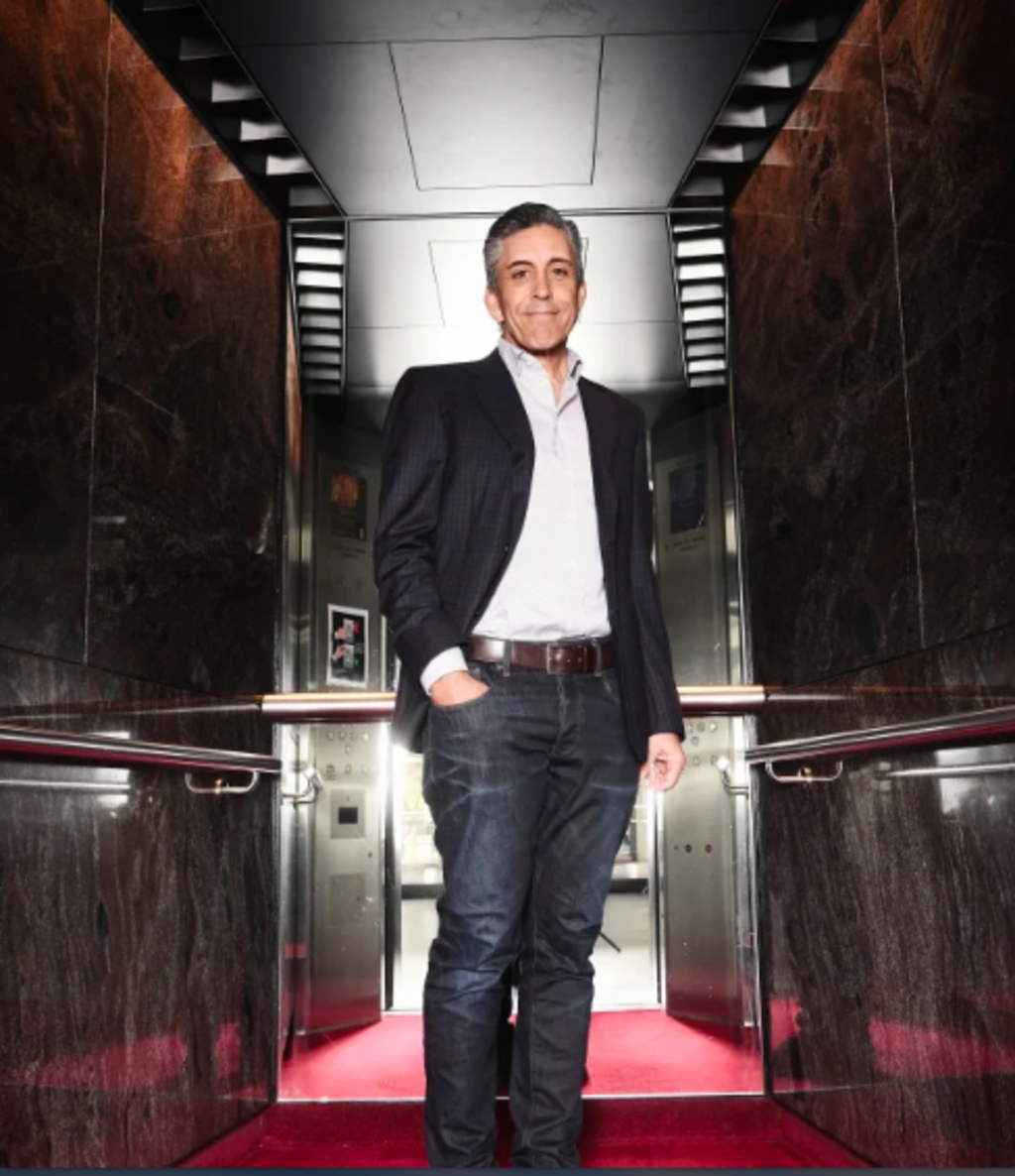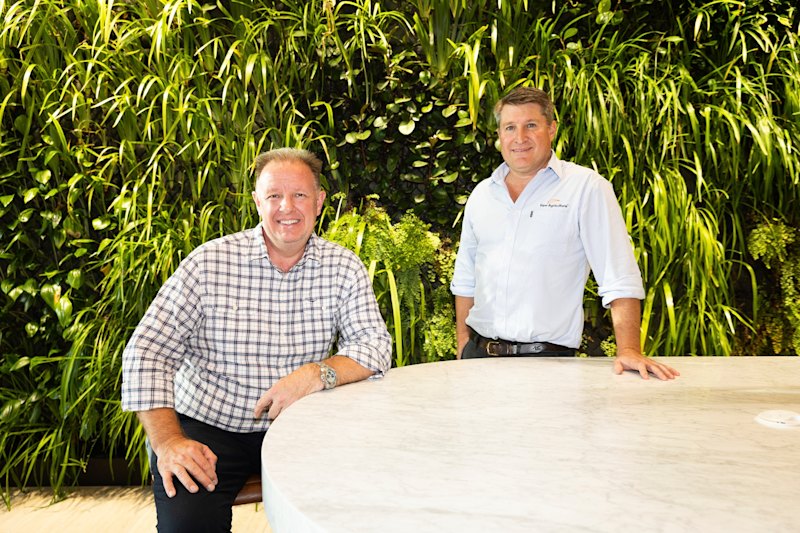
Office lifts: A long wait to the top
Physical distancing rules could force workers in Australia Square Tower to wait as long as three hours to get up and down the landmark building at the start and end of the day, as the 1.5-metre requirement allows no more than two people in its lifts at the same time.
As employees cautiously return from their pandemic lockdown, the strict rules for physical distancing hamper the productivity of all office buildings, not just older ones such as the 1964 Australia Square Tower – the country’s tallest building until 1976 – and landlords say the requirements must be eased for encounters such as a two- to three-minute lift ride.
“It’s a tricky scenario for the government aspiration to get the economy moving and help people get back to the office,” said Kevin George, the executive general manager of office for landlord Dexus, which co-owns Australia Square with GPT, and which modelled the lift timing.
“Balancing the consequences of rising infection rates against long-term social and economic damage is a tough call but at some point we may have to find a way to live with this thing.”
Larger lifts allow four people, one in each corner, to ride within the rules set by government agency Safe Work Australia, but an office tower such as the 50-storey Australia Square – which typically holds between 2500 and 2800 people – can only move two at a time in its 16 smaller lifts.
Late last week, regulator Safe Work Australia tweaked its guidelines around workplace physical distancing – recommending floor markings and queueing systems to separate people – but left the 1.5-metre separation in place for lifts.
“That 1.5 metres is the key thing,” said JLL’s head of property and asset management Richard Fennell, who oversees a portfolio of about 500 buildings.”
“We’ve got to take a pragmatic view with this very short distance at these peak times. What is it we can do to deal with that, other than the social distancing?”
Requiring office users to wear masks in lifts and not touch buttons was one option, he said.
“You’ve got a mask on and can’t touch each other – that would make sense, as opposed to a 1.5-metre gap, if it’s only a short period of time,” he said.
Bottlenecks have yet to occur in Australia’s CBD offices, as workers only started returning this week.
“Reading across the properties we manage, it’s very light attendance today,” Mr Fennell said on Monday.
“It may be a tick up on last week, but not back in droves. We weren’t even 20 per cent. We’ve got a few more weeks before it really starts to get people back in.”
Dexus has already questioned the need for such strict rules over short lift rides, when the federal government’s own COVIDSafe app only triggers an alert after 15 minutes of contact with an infected person.
In a survey of tenants across the country earlier this month – before NSW Premier Gladys Berejiklian outlined plans to cut public transport capacity in Sydney – Dexus found that tenants were also cautious about returning their staff to the office, with predicted occupancy of just 23 per cent this month, rising to 43 per cent in June, 50 per cent in July and up to 71 per cent by August.
Even with a reduced building load of 30 per cent, queuing was still likely to occur in peak periods such as the 8am-9am timeslot, Dexus said.
A further issue would arise when people tried to exit lifts, Mr Fennell said. To strictly comply with the rules, workers riding in lifts would need to enter so as to allow the first person out to be closest to the door. Such elaborate choreography would be required throughout the day, not just in the morning and evening rush hours.
“Can you imagine doing that? It would be a disaster,” Mr Fennell said.
“Not to mention the fact that there are all the visitors. If we really want to get things going, you have got to have visitors and do deals. There are people coming in and out of these buildings to do that. That’s when it’s humming. It’s not just occupants turning up at the beginning of the day.”











